HOW TO GROW BAEL TREE IN INDIA | BAEL TREE CARE
Native to India and Southeast Asia, Bael is the most sacred tree, according to Hindus, and is extensively cultivated in India due to the medicinal and nutritive properties of its fruit. It is a slow-growing tree that reaches up to 40-50 feet in height. Its fruit has a woody shell that consists of seeds, wrapped under aromatic, edible pulp. Its spiny branches are drooping and are covered with the trifoliate, green leaves. Let’s see How to Grow Bael Tree in India.
Significance of Bael Tree
The trifoliate and alternate leaves, also known as bael Patra, are offered to Lord Shiva as reverence and have great religious significance according to the ancient Hindu scriptures. According to a Hindu Mythology, this tree has emerged from the sweat drops of goddess Parvati, and its tri-furcated leaf represents three Hindu deities–Bramha, Vishnu and Mahesh.
Medicinal Uses of Bael Fruit
Although all parts of the bael tree, like leaves, bark, and roots consists of medicinal properties and traditionally used to cure several illnesses, but the orange-pulp fruit of Bael tree has the greatest healing and nutritional properties. Thanks to its natural laxative effect that helps to cure digestive and ulcer problems. A good source of vitamins, protein, and minerals, bael fruit, is consumed either fresh or after drying and processing its pulp.
Propagation
If you want to know how to grow Bael tree, then you can either bring the sapling from any local nursery or propagate the tree through the seeds of its fruits.
For propagation through seeds, choose any healthy fruit from the mature bael tree. The ideal time for sowing the seeds is from May to July. While if you have brought a sapling from the local nursery, then July to August is an appropriate time to transplant.
Extract the seeds after removing the pulp and let them dry after rinsing them with water. Dig a hole, 2-inches deeper in the soil for sowing seed. Water it regularly, but make sure not to overwater. Mulch the soil with some dried leaves to conserve its moisture. The shoots will appear within 10-12 days.
Note: It can also be propagated by root and stem cuttings after treating it with IBA using a quick dip method.
Growing Condition for Bael Tree
Climate
Bael tree appreciates direct sunlight nurturing and a warm environment. Since it is from the subtropical regions, it grows better in a warm and humid climate, where summers are hot and dry, and the winters, not very harsh. It can adapt to a wide temperature zone from 2-45 C.
Watering
Bael tree has low water requirements, but for the good yield of fruits and better growth, it should be watered regularly. It needs frequent watering during summers and spring, but in winter, this rate should be reduced. So, water it every day during summers but reduce it to twice a week during winters. Almost no watering requires during monsoon.
Soil
Although this tree is popular for growing successfully in a wide range of soil-types like sandy, stony, or even clay, but a sandy and loamy soil that is well-draining is favorable for the successful growth of Bael tree. For better chances of the fruit yield, the pH of the soil should be within 5-8.
Bael Tree Care
Pruning
It is advisable not to prune the tree, but you should remove the dead, weak, and broken branches periodically, especially after the harvesting of fruits. You can maintain its shape by cutting the tip of the main stem at 1-2 meter height.
Fertilizer
It is recommended not to use chemical fertilizer or pesticides. For supplementing its growth, you can use cow manure, Farm Yard Manure (FYM), vermicompost, or green manure during the winter season.
Harvesting
The bael tree starts bearing fruits after 6-8 years. In India, flowering occurs in April and May. The bees can also be seen around its fragrant flowers. The fruits are greenish at first, but their color slowly turns to yellow after ripening. You can harvest the fruits in 1-2 years. Prevent them from falling down to the ground.

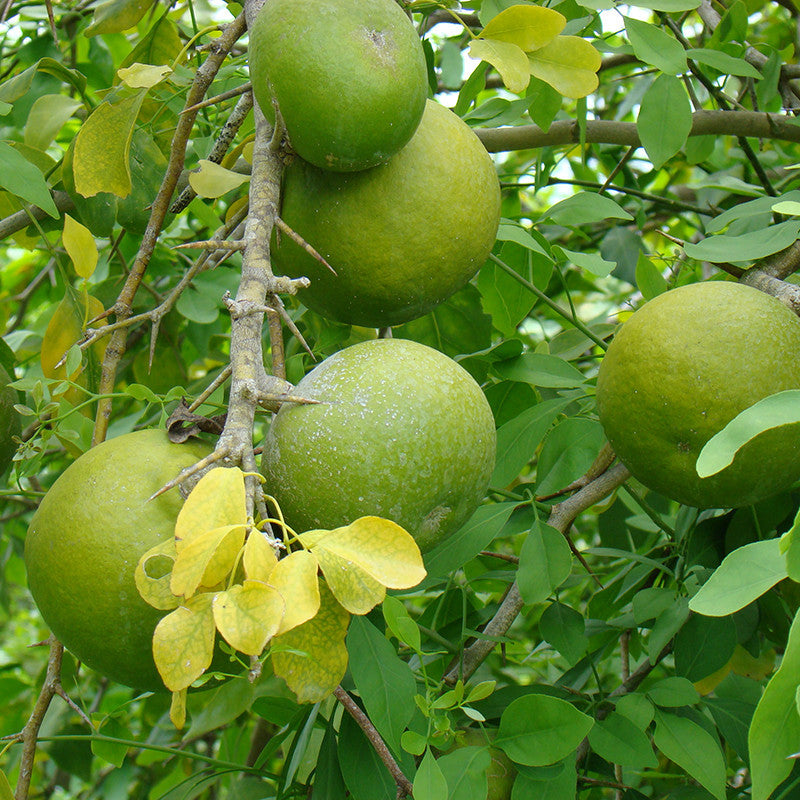

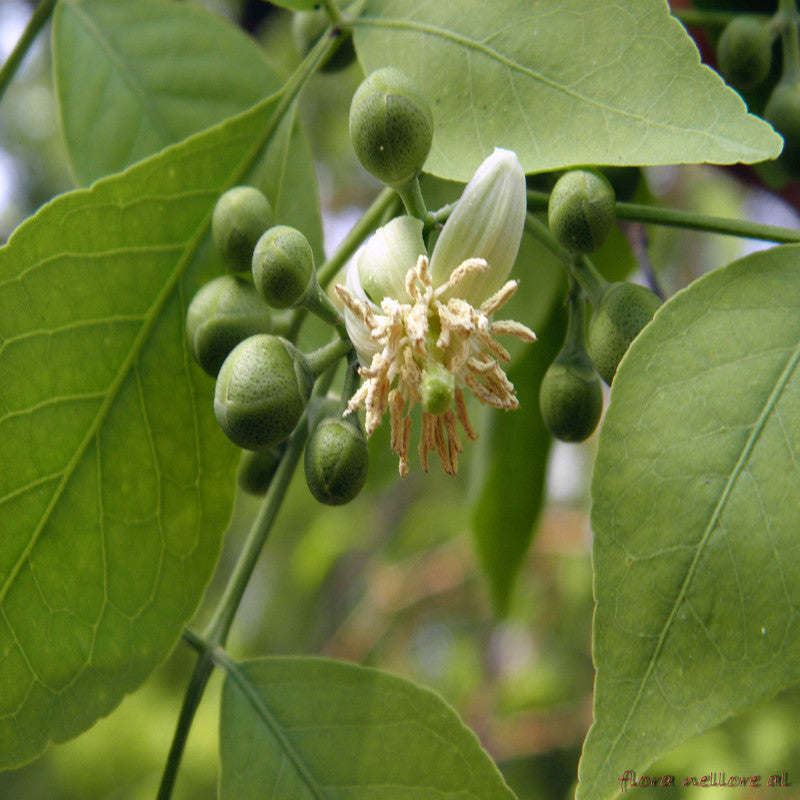
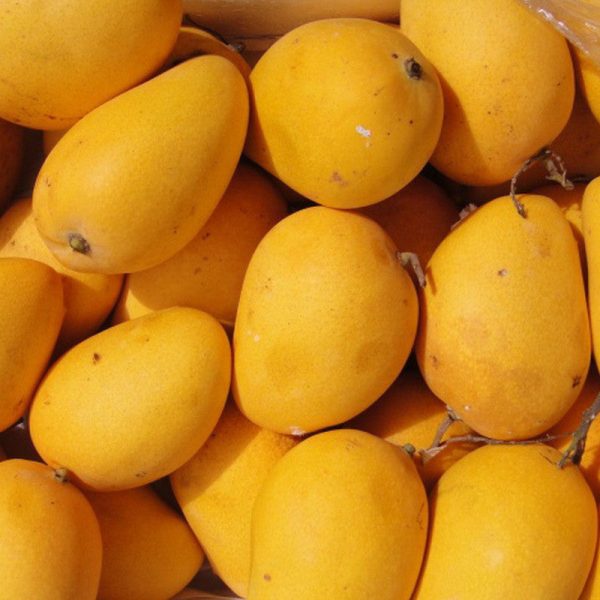
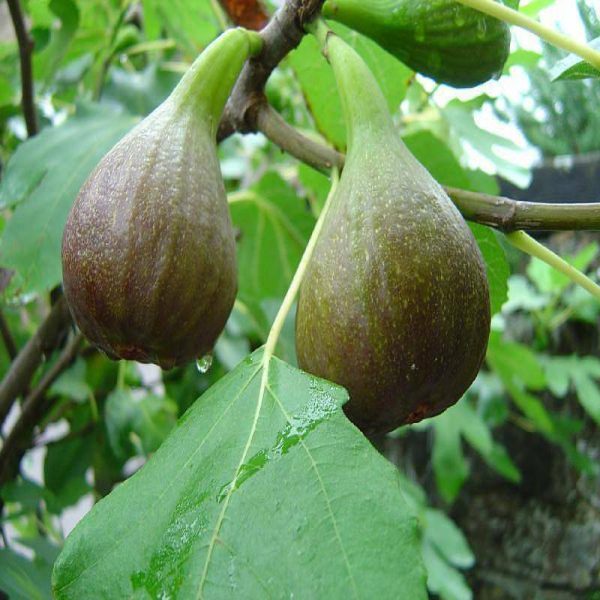




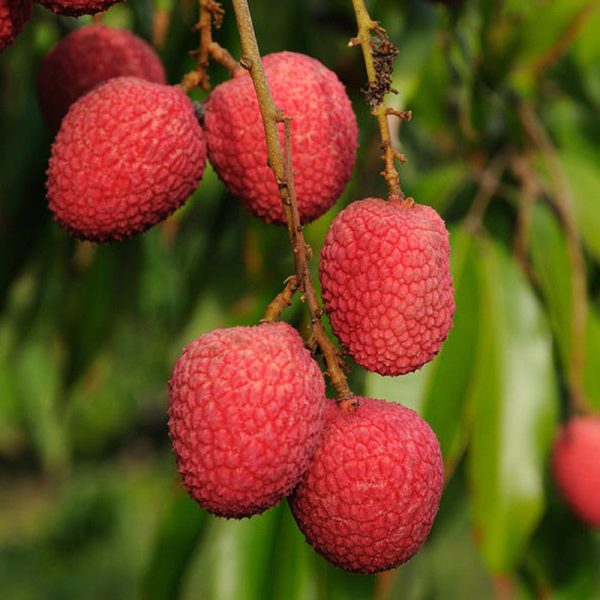


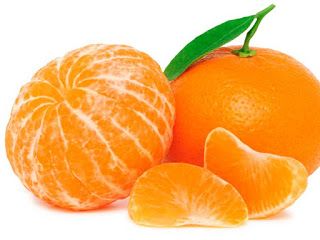
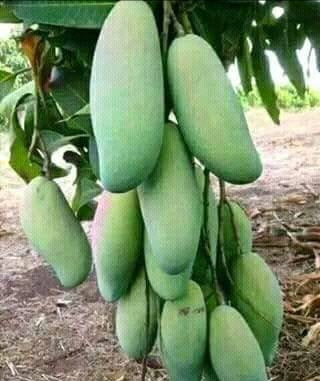






Reviews
There are no reviews yet.